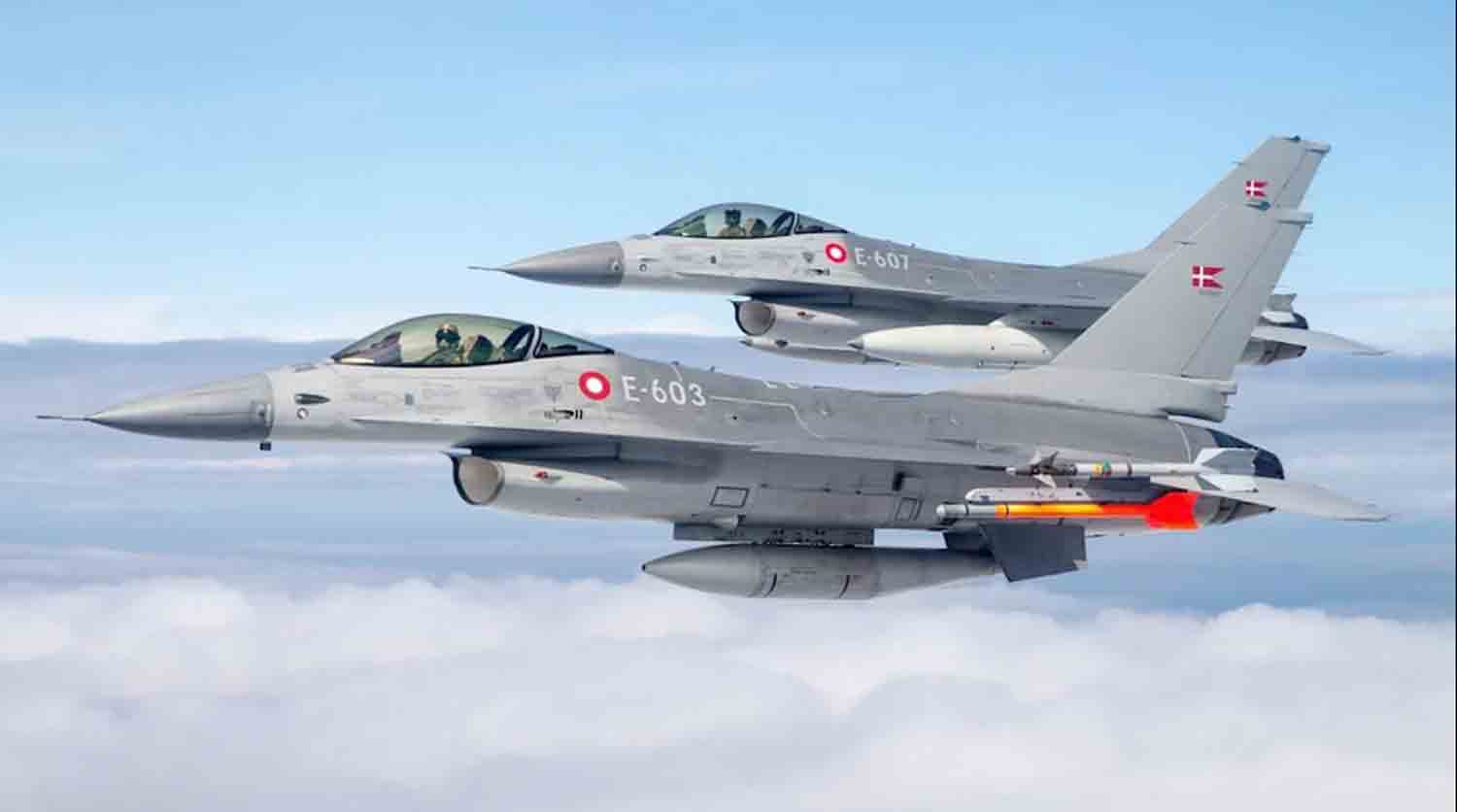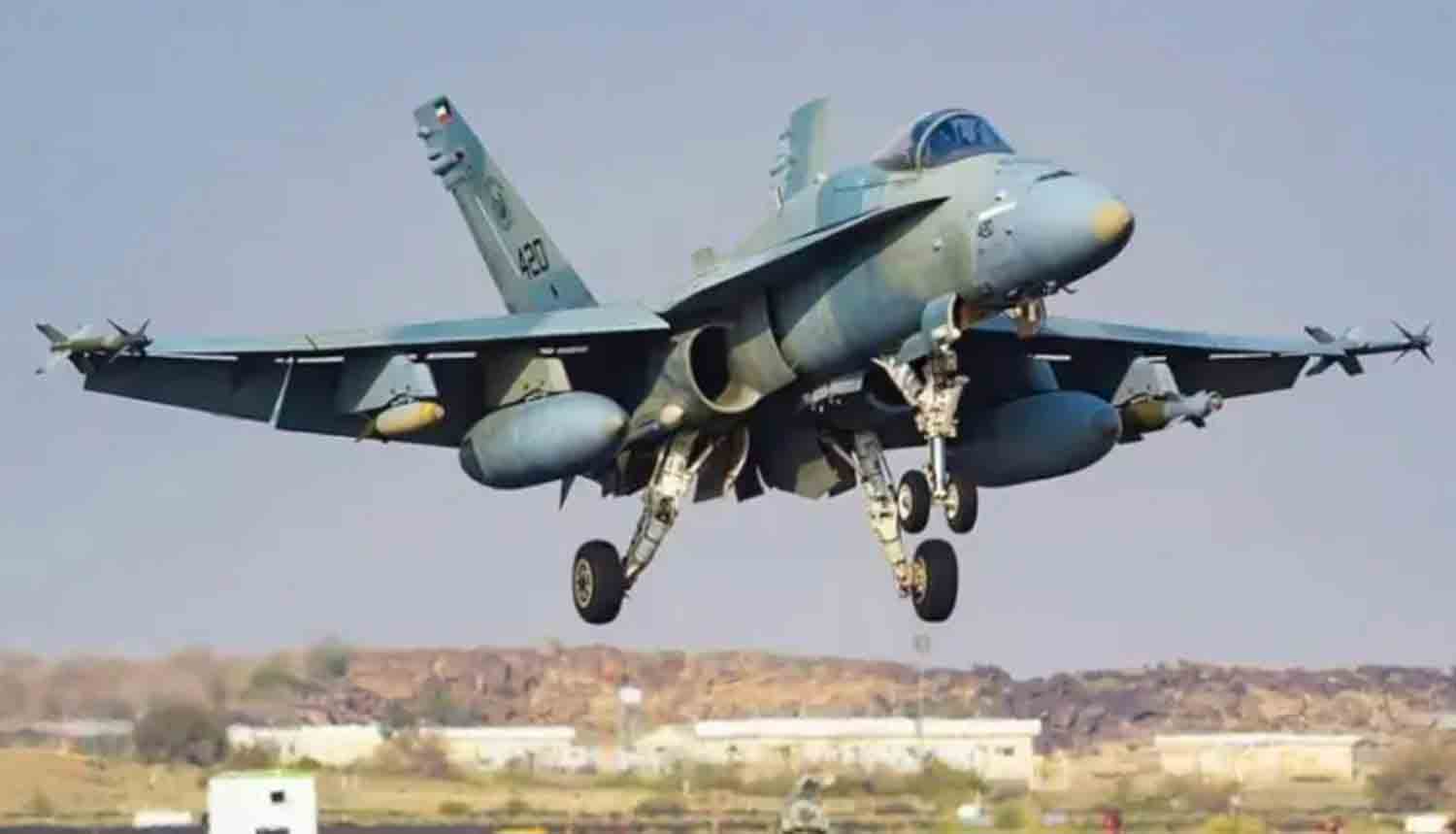In a development that could significantly alter the security landscape of Europe, Russia has reportedly commenced mass production of its latest ballistic missile variant, the Iskander-1000. Military analysts have characterized this weapon as a potential “game changer.”
The Iskander-1000 represents a substantial upgrade to the Iskander-M ballistic missile system, boasting an impressive range of up to 1,000 km—twice that of its predecessor, which had a maximum range of 500 km. This advancement not only enhances Russia’s firepower but also signifies a strategic shift that could place large portions of Europe within its targeting capabilities, compelling NATO and its allies to address an escalating threat that may necessitate a comprehensive reassessment of their missile defense systems.
The dynamics of the situation have shifted, with Europe now firmly within range.
Sources indicate that the Iskander-1000 is anticipated to double the range of the original system, thanks to improvements such as a more efficient engine and a roughly 15% increase in fuel capacity. The missile was first introduced to the public in May of the previous year through a video presentation during the 78th anniversary of the Kapustin Yar missile testing facility.
A key enhancement that sets the Iskander-1000 apart from the Iskander-M is the incorporation of a modernized rocket engine and a new fuel mixture, which together facilitate greater speeds and an extended operational range. To maintain its effectiveness against interception, the missile will be outfitted with sophisticated countermeasure systems, including both passive and active decoys designed to mislead enemy interceptor missiles.
The Iskander-1000 is set to incorporate an advanced guidance system that merges an Autonomous Inertial Navigation System with satellite corrections, and potentially utilizes radar guidance in the terminal phase of its flight to achieve exceptional accuracy. The integration of Terrain Contour Matching (TERCOM) technology significantly boosts its precision, achieving a Circular Error Probable (CEP) of no more than 16 feet (4.88 meters). Defense analysts assert that the Iskander-1000 is not merely a minor enhancement; it marks a pivotal transformation in Russia’s missile capabilities.
If fully operational, this missile could substantially reshape the strategic environment, compelling NATO to reassess its missile defense strategies throughout Europe. NATO may find it necessary to reposition its air defense systems, such as the Patriot or SAMP/T, further away from Russian borders or even explore the development of new air defense technologies to address this emerging threat. Analysts indicate that the Iskander-1000 could be employed to strike high-value targets, including airbases with F-16 fighter jets in Ukraine or other critical sites across Europe.
One of the primary locations for the deployment of the Iskander-1000 is expected to be Kaliningrad Oblast, a Russian exclave adjacent to NATO countries Poland and Lithuania. Stationing the missile system in this region would enable Moscow to pose a threat to significant areas of Central and Eastern Europe, including vital NATO military facilities. Military analysts have indicated that this action would serve as a clear warning from Russia, demonstrating its capacity to strike nearly any point in Europe while countering NATO’s missile defense systems in Poland and the Baltic nations.
Another possible deployment site is along Russia’s border with Ukraine, especially in Crimea and the eastern Ukrainian regions currently under Russian control. Analysts have pointed out that positioning the Iskander-1000 in these locations would not only heighten tensions but also directly challenge Ukraine’s security and military framework.
Such a deployment would highlight Russia’s ability to execute deep-strike operations within Ukrainian territory, potentially targeting airbases, command centers, and other critical assets, thereby further affecting the dynamics of the ongoing conflict.
In the northern territories, potential deployments near St. Petersburg or in Karelia may be contemplated if Russia intends to convey a strategic message to Finland, particularly in light of Finland’s recent NATO membership.
This positioning would bring essential Finnish military facilities within range, acting as a deterrent against any perceived risks stemming from NATO’s expansion. Enigmatic in nature, Russia’s Iskander-1000 remains largely undisclosed, yet satellite images and leaked information suggest a formidable missile system that could alter the dynamics of regional security. As the global community awaits concrete information, one fact is clear: the Iskander-1000 represents more than just another armament—it signifies a strategic upheaval, ready to challenge Europe, the United States, and their allies, compelling a thorough reassessment of missile defense approaches in response to an extraordinary threat.
Discover more from Defence Talks | Defense News Hub, Military Updates, Security Insights
Subscribe to get the latest posts sent to your email.





